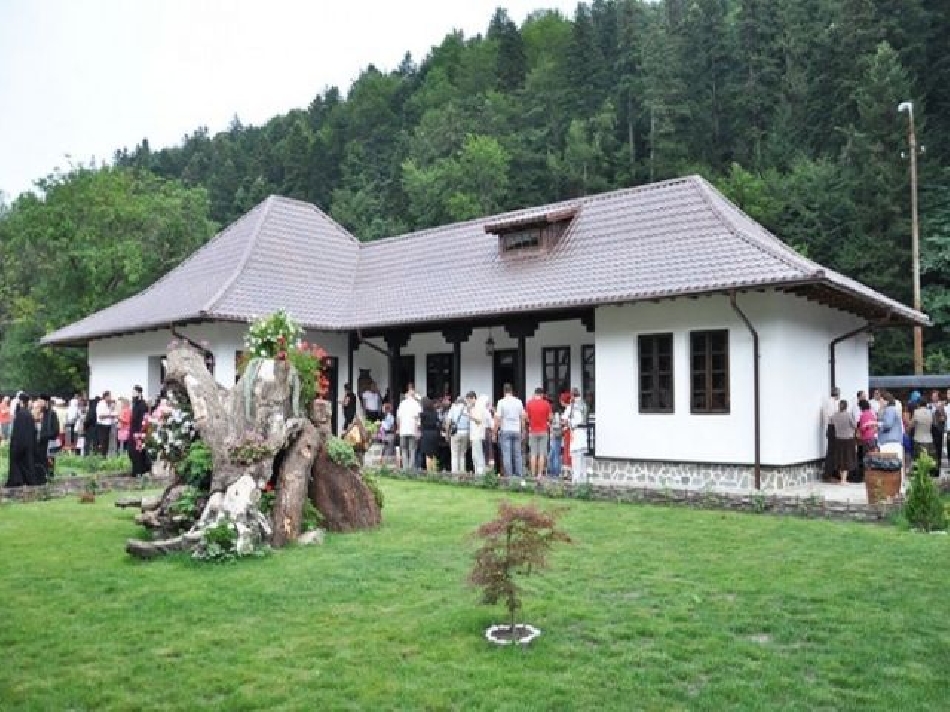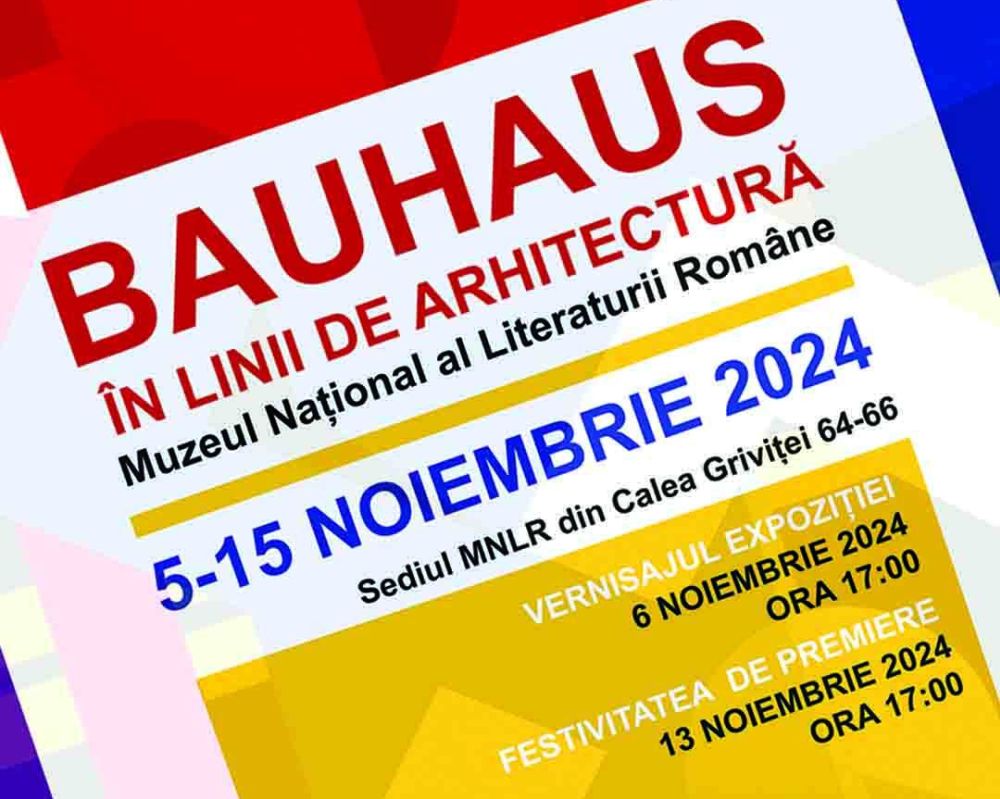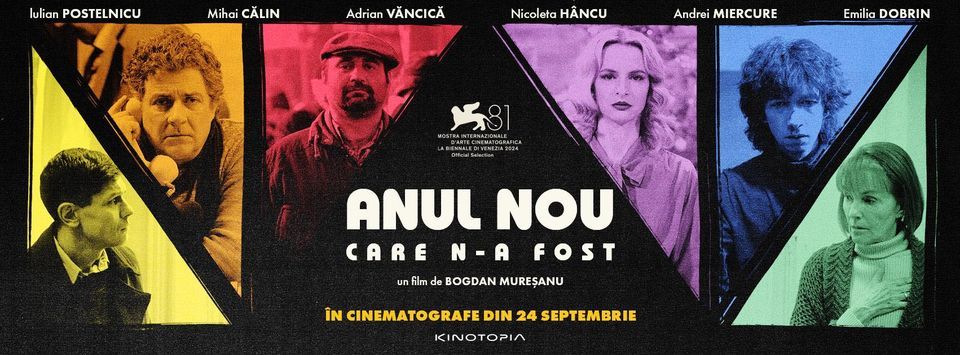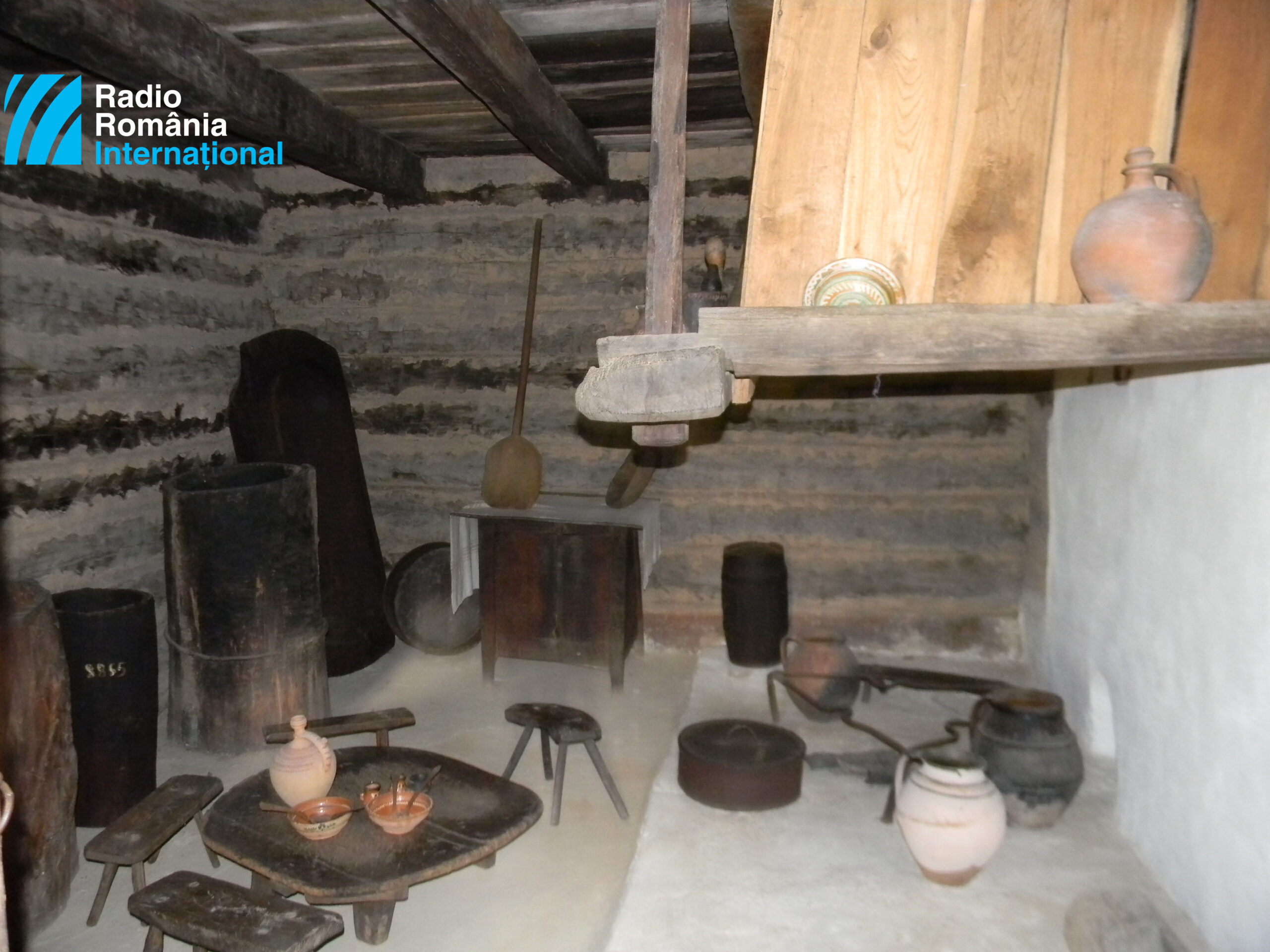The Living Museum at Agapia Monastery
Agapia is one of Northern Moldavias most beautiful monasteries. The site came to be known thanks to the paintings made there by the famous Romanian painter Nicolae Grigorescu.

România Internațional, 13.10.2013, 13:45
Agapia is one of Northern Moldavia’s most beautiful monasteries. The site came to be known thanks to the paintings made there by the famous Romanian painter Nicolae Grigorescu, who set up a painting school in the monastery, as well as for its embroidery workshops, Agapia is a destination well worth visiting, at least once in a lifetime.
Lying along the valley of Agapia brook, located at the foothills of the Magura Montain, near Targu Neamt, Agapia is surrounded by mountains and centuries-old forests. It is Romania’s only monastic settlement bearing the name of ‘Christian love’, since the name of the place comes form the Greek word agapi, which means love. The monastery took the name of a hermit, Agapie, of whom legend says that in the 14th century he built for himself a little wooden church, only 2 kilometers away from today’s settlement. The name of the monk was then given to the mountains surrounding the monastery, as well as to the brook and the settlement down the valley. Today, nearly 100 nuns live on the premises, while 240 other nuns live in the monastic village. One of the houses in the village, said to have been built in the 7th century, is the venue for Romania’s first living museum.
Tourists can have their first peek here at what life is like in a monastery. For three days running, pilgrims can visit a monastic house, which is also inhabited. Sister Maria Giosanu tells us why they opened the museum, which is unique in Romania.
Maria Giosanu:” We intend to give people the chance to get to know something about monastic life. Opening the door to one of the monastic houses, we give those people the opportunity to see that life, to feel its pulse. People are very curious about that, and we have opened the house for visitors at the suggestion of some of our guests.”
The living museum has four rooms on the ground floor and two cells in the basement. In time, the upper part of the house was changed, yet the basement remained the same. Four nuns live in the museum/ house. With details on that, here is Sister Maria again.
Maria Giosanu: ”Actually it is a museum compound, consisting of a two-storied monastic house and living workshops, weaving and embroidery workshops, as well as workshops for bakery and pottery. There are four nuns who tend to the place, they manufacture all sorts of objects which are typical for our monastery, they do their monastic duty, their daily duty, and are available to visitors, answering any question people ask, such as about the holy communion, or about prayers, about monastic life, and I am sure people can thus have the opportunity to understand what monastic life is, just the way it is. “
Therefore tourists can learn how to make pottery and bake pies alongside the nuns. Actually the pottery workshop is something very special. The old workshop, which was operational until 1960, had been created under the supervision of renowned pottery masters from Iasi and Botosani. However, the last kiln was put out of use 53 years ago, and for the workshop to be inaugurated a second time around, the nuns learned the craft from younger masters. Also invited at the ceremony were their teachers today, but also those who revealed the secrets of pottery to the nuns of the 20th century. Guests of honor were 90 year-old Master Gheorghe Smerica and Vasile Andrei. More than half a century ago, the two used to work at the famous pottery workshop in Agapia. What tourists had to say about the unusual living museum, we find out from Sister Maria.
Sister Maria: “Apparently, most of them are a bit confused, given the name of the museum, that of living museum. It is a relatively new notion. First they don’t understand it, but those who step inside, especially foreigners, are delighted with what they see, since it is unique in its kind, a museum opened on the premises of a monastery. The museum compound also has an ethnographic component, there are lots of old items, typical of a traditional Romanian household. People discover those objects, they travel back in time and get to cherish more the spiritual and material heritage which was handed down to us by our ancestors. We are happy that people discover the beauty of monastic life, which can be easily seen in its material aspect, in the very place, the cells the nuns live in. “
All items on display in the rooms of the living museum are legacy objects, inherited from the nuns who used to live there, or collected from the households of villagers living around the monastery. Those people gladly donated carpets, wall rugs, other old, yet valuable objects, while the weaving loom was brought from Suceava County. Loom weaving is a craft for which the nuns in Agapia have become famous throughout the country. It is also here that exquisitely fine embroideries are made. The most beautiful pieces of embroidery the nuns have made are on display at the Sacred Art Museum. The admission fee is around one Euro, while a 50 per cent discount is in place for pupils, students, retired and disabled people.






























